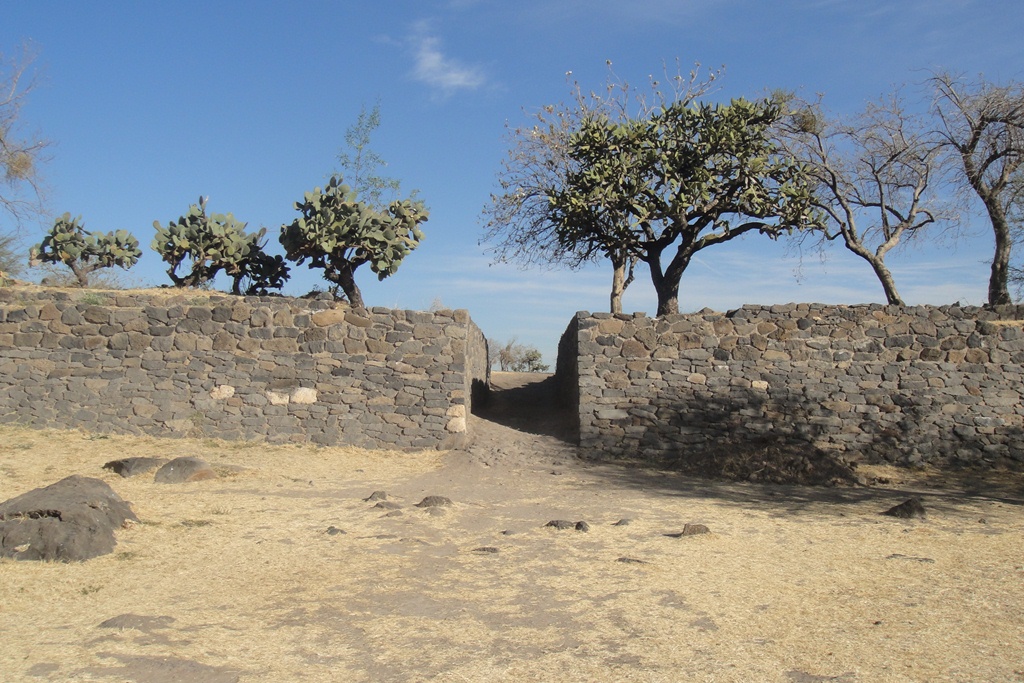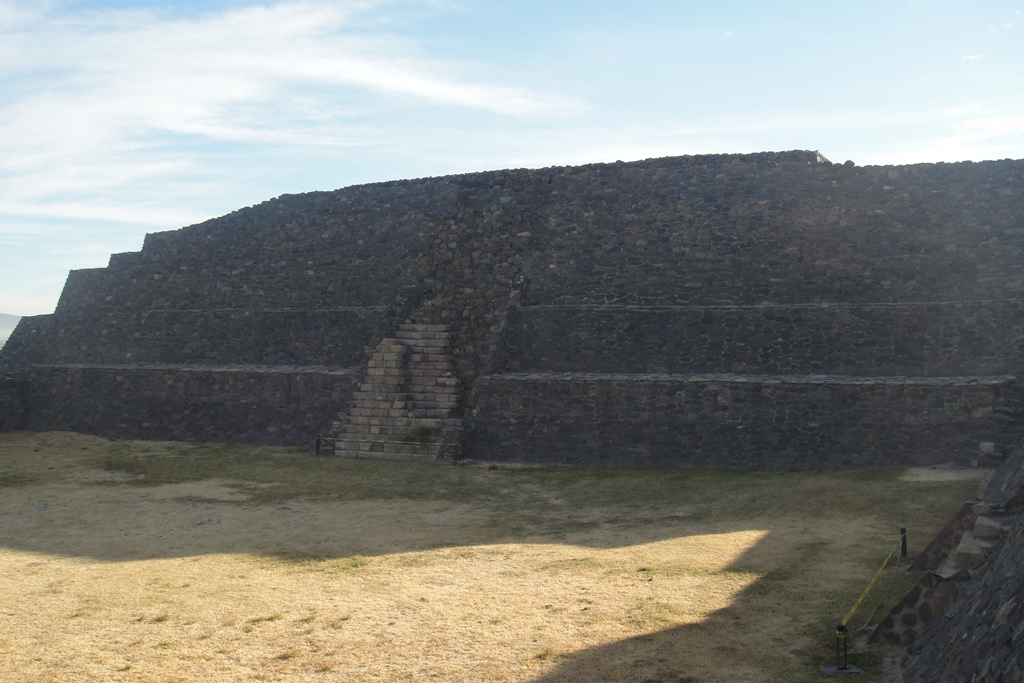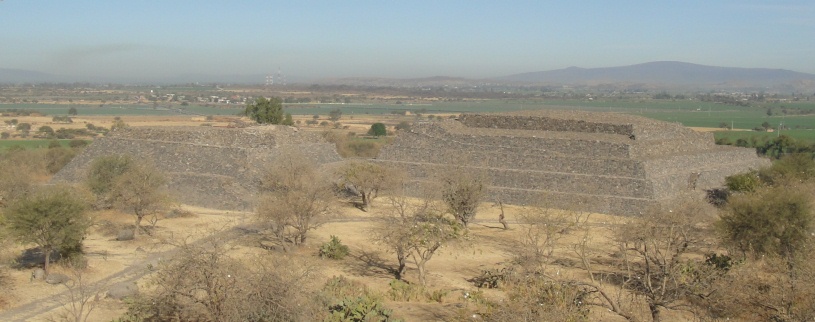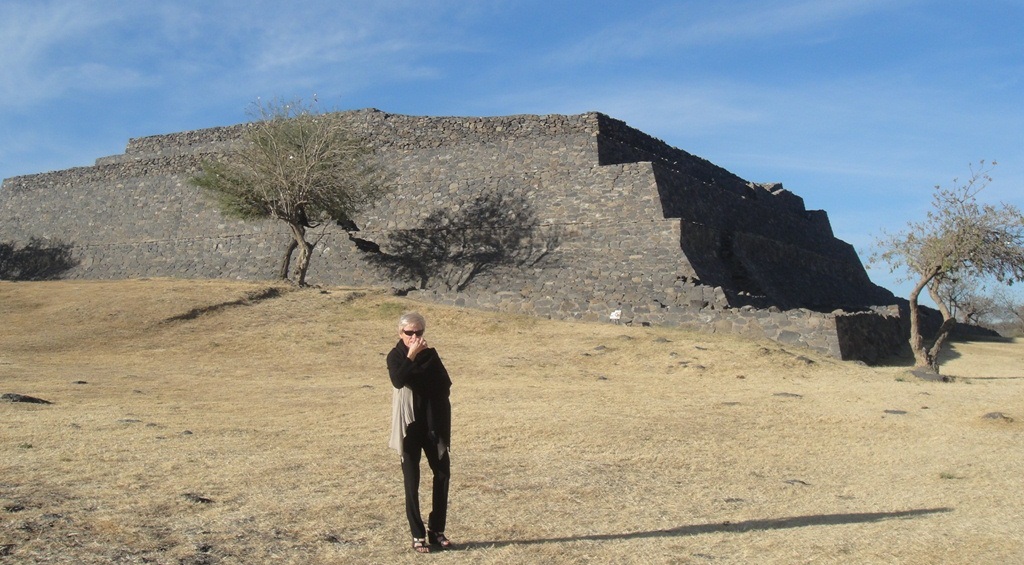Peralta, a prehispanic Mesoamerican archaeological site, is situated in the Abasolo Municipality, Guanajuato, Mexico. This site, located just outside the village of San Jose de Peralta, offers a unique glimpse into the ancient Bajio Tradition, a cultural and architectural phenomenon distinct from other Mesoamerican societies. The site’s development, decline, and the societies that inhabited it provide valuable insights into the complexities of pre-Columbian life in the region.
Get your dose of History via Email
Historical Context and Development
The Peralta site, initially settled around 100 AD, reached its zenith between 300 and 650 AD. This period coincides with the decline of Teotihuacan and the rise of Tula, highlighting Peralta’s significance in the broader Mesoamerican historical narrative. The site spans approximately 130 hectares and features 22 identified pyramids, extensive terraced agricultural fields, and a complex of structures that underscore the advanced societal organization of its inhabitants.

Peralta’s decline around 900 AD, attributed to the overexploitation of the surrounding deciduous rainforest, marks a pivotal moment in the region’s history. The abandonment of the site reflects broader environmental and societal shifts that affected the Bajio region and its people.
Architectural and Cultural Distinctions
The architecture of Peralta, characterized by its large constructions and ceremonial centers, sets it apart from other Mesoamerican sites. Notable structures include a double temple with a sunken patio and the Main Structure, or La Mesita, which features a large plaza believed to have served as the city’s main square. These constructions, along with the presence of circular structures dedicated to ceremonial rituals, highlight the unique cultural practices and architectural innovations of the Bajio Tradition.
The inhabitants of Peralta, likely part of autonomous agricultural societies, engaged in extensive trade networks that connected central Mexico with northern and western Mesoamerica. The discovery of items such as turquoise jewels, shell collars, and obsidian artifacts at the site indicates the wide-reaching trade and social networks that Peralta was a part of.

The Bajio Tradition and Its Broader Significance
The Bajio Tradition, as exemplified by Peralta and other sites in the region, represents a distinct cultural and architectural phenomenon within Mesoamerica. This tradition underscores the importance of the Bajio region as a trade and communication hub that linked various cultural areas across Mesoamerica. The recent archaeological focus on the Bajio has challenged previous notions of the region as marginal, highlighting its integral role in the development of Mesoamerican societies.

Chichimeca Peoples and Their Legacy
The term Chichimeca, used generically by the Nahua peoples to describe the semi-nomadic peoples of northern Mexico, encompasses a diverse range of ethnic and linguistic groups. The resistance of these groups to Spanish colonization during the Chichimeca Wars underscores the complex interplay between indigenous societies and European colonizers. The legacy of the Chichimeca peoples, though largely absorbed into mestizo culture or other indigenous ethnic groups, remains a vital part of Mexico’s historical tapestry.

Conclusion
The archaeological site of Peralta offers a window into the rich cultural and historical landscape of the Bajio region. Its unique architectural features, the societal organization of its inhabitants, and its role in broader Mesoamerican trade networks underscore the significance of the Bajio Tradition. As archaeological exploration of the site and the region continues, the mysteries of Peralta and its people promise to further enrich our understanding of pre-Columbian Mesoamerica.
Source: https://en.wikipedia.org/wiki/Peralta_(Mesoamerican_site)

